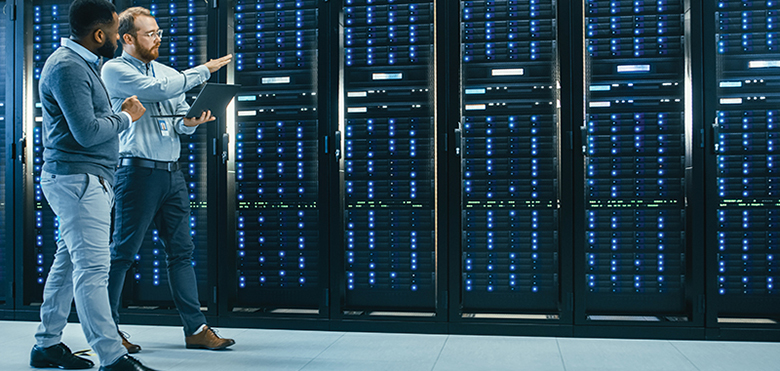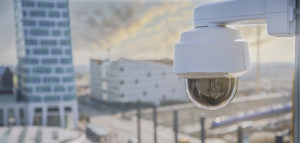Energy efficiency in the data center: where every watt counts
If the growth in the number and scale of data centers has been inexorable over recent years, it has only accelerated during the pandemic. As work and education has shifted from offices, schools and colleges to the kitchen table and lounge, our reliance on the internet and cloud-based services has also increased significantly.
As a result, more data centers are being created and a greater number of them being ‘hyperscale’ data centers, defined as having a minimum of 5,000 servers or being at least 10,000 square feet in size (and many are much larger). We are at the same time witnessing a parallel trend towards micro data centers which are smaller and located closer to the “edge”, where the data is being generated and consumed.
Given the importance of data centers or, more specifically, the functions, systems and organizations they support, it is no surprise that they are now considered part of a nation’s critical infrastructure.
The downside of data centers
But while data centers deliver numerous benefits to society, business and consumers, they also have a downside: they consume significant amounts of energy. Whether in the computing power itself, the cooling required, or peripheral support systems, the resource consumption of data centers has, rightly, attracted attention.
In November 2020, the European Commission published the results of a study focused on greener cloud services and data centers. As part of goals to be the first climate neutral continent by 2050, the study – in highlighting the growth of energy consumption by data centers in EU member states – proposed technical and policy solutions to address the issue. Technical solutions include more efficient cooling systems, heat reuse, the use of renewable energy to supply data centres, and the construction of data centers in regions with a cold climate.
To be fair, there are few data center providers, if any, who aren’t also proactively looking at ways to reduce the energy required to run every aspect of the facility. If nothing else, as studies have highlighted, the sustainability credentials of a data center will be the most important consideration for customers choosing which provider to select.
And in finding ways to reduce energy consumption with the data center, every watt genuinely does count.
Surveillance solutions playing their part
Video surveillance plays a central role in the security of data centers, essential as their critical importance to society increases. As with any part of a data center’s infrastructure, the energy consumed by video surveillance also comes under close scrutiny itself.
Network video cameras create data; and this data requires transfer and storage, all of which demands energy. Technologies such as Zipstream reduce the overall energy consumption of a surveillance system, lowering bandwidth and storage requirements by an average of 50% without losing any of the forensic detail in image resolution and frame rate needed.
Similarly, cameras equipped with edge analytics – where analysis of video footage takes place in the camera itself – need to transfer less data across the network for analysis on power-hungry servers. More energy savings can be gained.
Low-light technologies also bring benefits in reducing overall energy consumption. Data centers generally aren’t heavily populated with people. However, some video surveillance cameras will still require bright lighting to deliver clear images. Lightfinder technology gives sharp color images and superior forensic detail even in almost complete darkness, reducing the amount of lighting needed to achieve safety and security.
The power of marginal gains
When thinking about the overall energy consumption of a data center, it’s understandably easy to focus on the computing power and cooling. But there are many other aspects of a data center facility which consume energy, and which should fall into the strategies for overall efficiency. Directly and indirectly, a well-designed surveillance solution can meet safety and security objectives, while also contributing to sustainability goals.
Read more about our solutions for data centers here.




